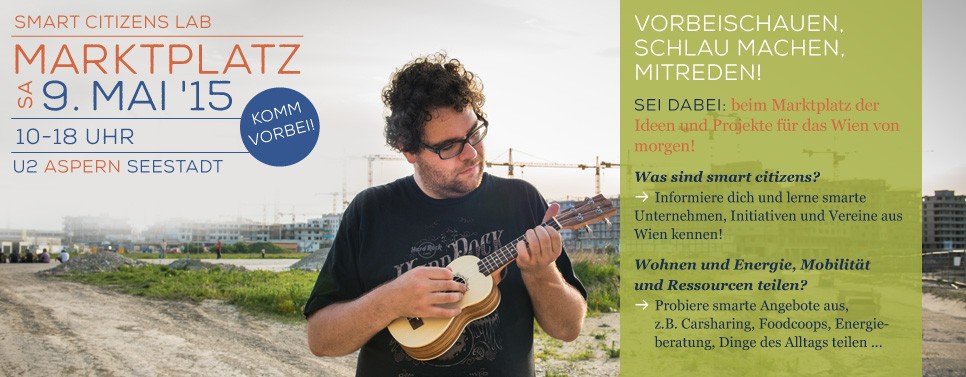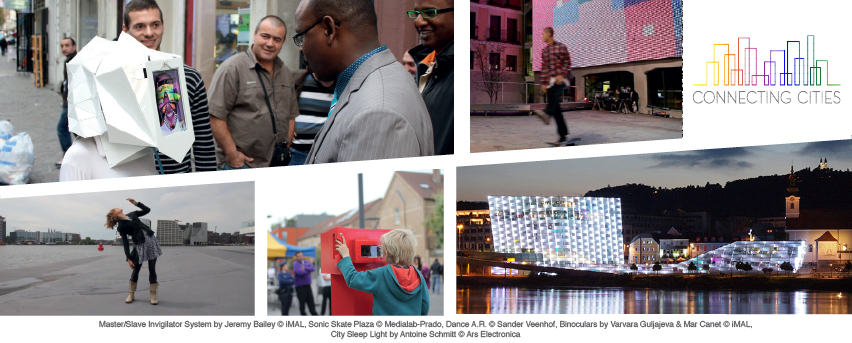Theory
Top 5 Things you didn’t know about Digital Placemaking
Digital Placemaking is defined as the use of digital technology within a dedicated public urban space, designed specifically for the purpose of communicating with the public. More often than not, it is associated with images on public buildings. These are only a part of the picture that makes up the world of digital placemaking.
Here, Dr Haeusler, de-bunks some common myths and introduces us to world of digital placemaking:
1. Digital Placemaking IS energy efficient.
Dr Haeusler explains this is because it optimises the use of resources by providing better data and accurate information. Also, the LED lights used in projects are the most energy efficient available.
2. The World’s BIGGEST placemaking project is…
The transformation of Times Square, New York. MAB16, Keynote speaker, Ethan Kent worked on this project with the aim of creating an interactive, digital plaza.
3. Digital Placemaking is critical to the creation of future cities.
Digital Placemaking and Smart Cities will transform the use of our cities in the same way the smart phone has transformed the way we communicate with each other.
4. More and more people are studying Digital Placemaking.
The Bachelor Degree of Design Computing at the University of Sydney and the Bachelor of Computational Design at UNSW are two “one-of-a-kind” degrees where future digital placemakers are educated.
5. Digital Placemaking projects come from everywhere.
… and bring people together as Vivid Sydney does each year – what digital placemaking aims is bringing the buzz of Vivid Sydney into a city and using the connectivness and interaction to address problems in our cities such as public transport.
Projects
cultural, Events, Media Urbanism, Urban
Blitzfänger for “Human Futures” @ Aspern Seestadt
BLITZFÄNGER is an interactive installation that allows up to 9 people to create and control lightning on a large-scale LED screen. As a homage to the power of nature and our attempt to control it, the audience is invited to grab one of the 3 meter poles from the floor and position them vertically like lightning rods. As soon as they do a system detects their position and lightnings appear on the LED screen allowing them to control them with their movement.
This project was created as part of the ‘Human Futures’ program of artistic exchange between Europe and Canada and under the ‘living spaces’ curatorial theme. BLITZFÄNGER took place at the entrance of a new residential complex outside of Vienna in between the train and the buildings and was designed to disrupt the routine of the inhabitants that just go in and out of the complex allowing them to get to know, or at least see the people they live around.
Created by Iregular
Concept, graphic and sound design: Daniel Iregui
Technical Direction: François Loubert-Hudon
Technical Assistance: Juan Carvajal
Produced by: Media Architecture Institute
Powered by: X-Agora
Curated by: Gernot Tscherteu
funded by the European Union

Projects
Clubhaus St. Pauli
Projects
Smart Citizens Lab
 Smart Citizen Lab (SCL) ist eine Veranstaltungsserie in der Seestadt aspern und eine damit verknüpfte Informationskampagne. Beide Maßnahmen zielen darauf ab die Entwicklung Wiens zu einer „Smart City“ zu unterstützen, indem sie möglichst viele Wienerinnen und Wiener informieren und zum Mitmachen einladen. SCL widmet sich inhaltlich folgenden Bereichen:
Smart Citizen Lab (SCL) ist eine Veranstaltungsserie in der Seestadt aspern und eine damit verknüpfte Informationskampagne. Beide Maßnahmen zielen darauf ab die Entwicklung Wiens zu einer „Smart City“ zu unterstützen, indem sie möglichst viele Wienerinnen und Wiener informieren und zum Mitmachen einladen. SCL widmet sich inhaltlich folgenden Bereichen:
Wohnen und Energie (Smart Home, Wohnen im Niedrigenergie- / Passivhaus, energieeffiziente Leuchtmittel, Möbelauswahl, …)
Ressourcen (Reparieren, teilen und tauschen, Foodcoops, Tauschkreise, digitale Plattformen, Gemeinschaftsgärten…)
Mobilität (Carsharing, Mobiltätspools, Fahrradverkehr, Leihräder, Routenplanung, …) ExpertInnen, UnternehmerInnen und PionierInnen teilen dabei ihr Wissen und ihre Erfahrungen mit Menschen, die selbst aktiv werden wollen. Neben dem Transfer von Know-how ist dabei auch der Aufbau von sozialen Strukturen und die Bildung von Initiativen von großer Bedeutung. Erst durch die Einbeziehung und die Vernetzung ihrer Bürgerinnen und Bürger wird eine Smart City nachhaltig. Wien braucht seine „Smart Citizens“ um die ehrgeizigen Ziele der „Smart City Wien Rahmenstrategie“ zu erreichen. Smart Citizens Lab ist ein gemeinsames Projekt des Media Architecture Institute und der ÖGUT und wird gefördert von der Wirtschaftsagentur Wien, einem Fonds der Stadt Wien. weitere Infos und Termine: http://smartcitizens.at/
Main Slideshow, Projects Slideshow, Slideshows
Connecting Cities Network
Projects
MAI is part of “Connecting Cities”
 (more…)
(more…) Media Facades, Publications
Media Architecture Compendium (iPad App)

The media architecture compendium is a collection of about 46 unique projects exhibited at the Media Architecture Biennale 2010 in Vienna, Austria. The collection is updated on a regular basis. The compendium features stunning photos and videos, that give a vivid impression of the architectural and artistic impact of the projects.
Projects by: UNStudio, realities:united, aether architecture, Asymptote Architecture, Arup, Treusch architecture, Peter Cook, Herzog & de Meuron, Gramazio&Kohler Architecture, Rogier van der Heide, Manfred Wuits, MIT Massachusetts, Renzo Piano, Simone Giostra and Partner, magic monkey, ETH Zurich – horao, LAb[au], Traxon e:cue, Zumtobel, Citiled, ag4 media facade gmbh / GKD, and many, many more.
Introductory texts by the exhibition curators Gernot Tscherteu and Martin Tomitsch.
Now available for free in the AppStore.
Media Facades
Floating Island at Han River in Seoul

Galaxia Electronics’ s latest symbolic Media Façade Solution has been unveiled at Han River in Seoul. Three man-made islands lightening up Han River are integrated among one another utilizing 1500 LGP (Lighting Glass Panel) Galaxia Electronics adopted customized optical technology to block light intrusion affecting outward view from inside.
Floating Island from Galaxia Electronics on Vimeo
(more…)